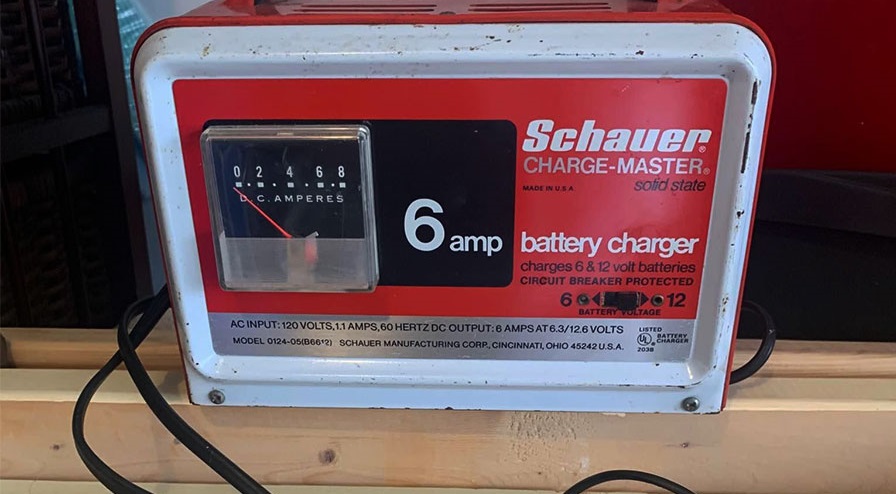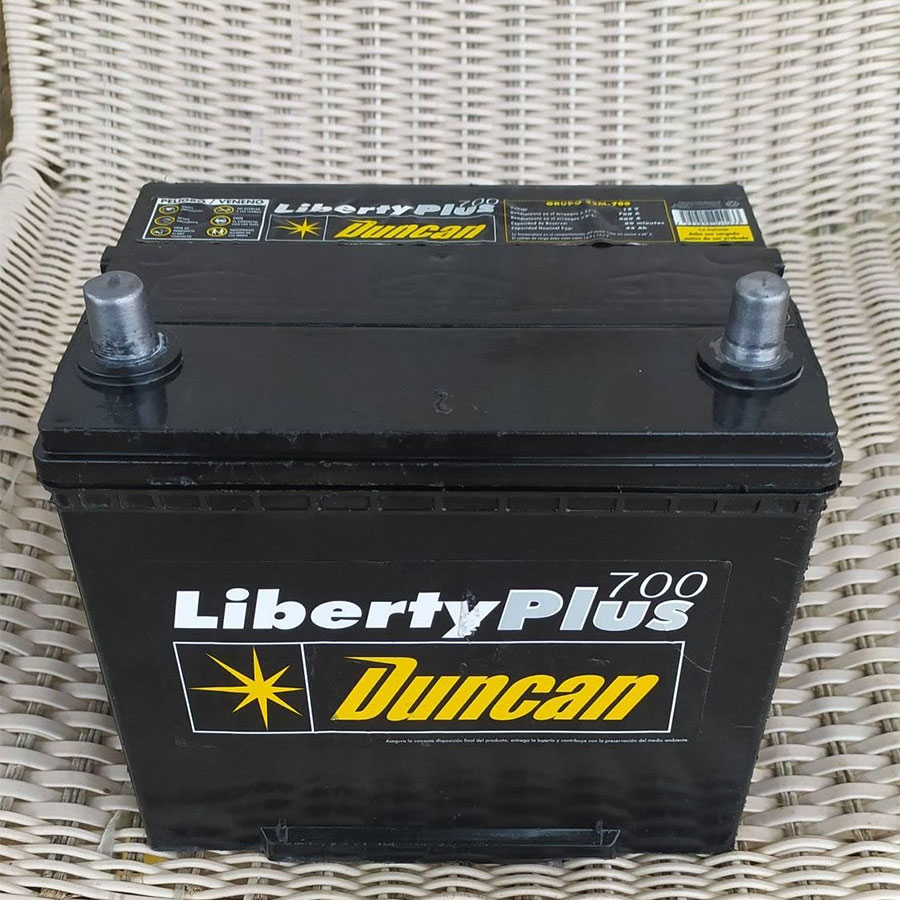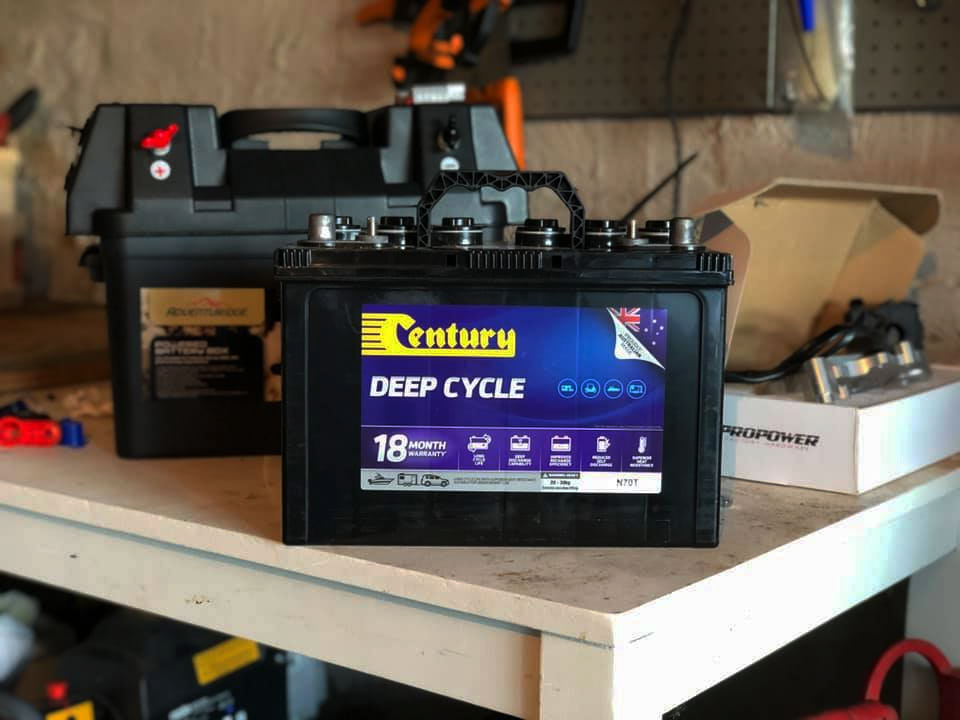
Tips for Safely Charging a Deep Cycle Battery
- Published in: Equipment and Tools
- Written by
- Permalink
If you’re reading this, then chances are that the deep cycle battery in your boat is out of juice and needs to be charged. You might also find yourself wondering if it’s better to charge a deep cycle battery with an engine running or shut off. The answer depends on what type of charger you use.
If you have an intelligent charger, then, either way will work just fine – but if you don’t have one, it’s safer to charge while the engine is off so that there won’t be any sparks near gasoline fumes. Once the battery has enough juice again, make sure to turn off the power before starting up your boat!
I hope these tips were helpful for the safe charging of your deep-cycle batteries!
How to charge a deep cycle battery properly?

Batteries are often used in electronics. For example, many people use them to power their cell phones, tablets, and laptops to be charged quickly when needed. However, deep cycle batteries require a different charge than other batteries because the battery is designed for longer periods without being accessed. This means that one should never leave a deep cycle battery on its charger for long periods, or you’ll risk damaging it. Here are some tips to safely charge your deep cycle battery:
- Charge your battery while you’re at work or while sleeping overnight to maximize the life span
- Never overcharge your battery by leaving it plugged in after it’s fully charged
- Always keep an eye on how much juice you have left before charging
- Use an appropriate voltage charger
- Avoid using current household chargers as these are typically rated at 120 volts and could potentially damage your equipment
- Place the charger near your vehicle so that there is less risk of tripping over cords while walking around outside in wet conditions.
The fastest way to charge a deep cycle battery

There’s no easy answer if you want to know how long it takes to charge a deep cycle battery. Many variables will affect the charging time, and they change depending on the type of battery and charger. The best way is to consult with your local electrician or technician when in doubt about charging an RV battery.
How fast can you charge a deep cycle battery? The fastest chargers for deep cycle batteries can take up to four hours, while slower models may need 12-24 hours (or even more) for a full charge. These times also depend on whether the battery is being charged from empty or not, if it has been used recently, and its age. It would help if you never left a deep cycle battery that needs charging unattended, as overcharging could lead to serious damage.
Are you tired of dealing with the hassle and safety issues associated with charging a deep cycle battery? If so, we have just what you need. We’ve even included some tips on how to keep your batteries in good shape for years to come.
Many people think that they can plug in their battery and let it charge, but this will cause damage over time. If you’re going on a long trip or looking for a quick fix, then you might want to consider charging your battery with an external charger. Check out our tips below before getting started!
Battery charging is a process that can be dangerous if not done correctly, so please read this post carefully and make sure you follow the instructions as they are written.
You should first inspect the battery to see if it needs water or not-if it does, then add distilled water only. You’ll also want to check for cracks in the case or any corrosion before plugging in the charger-you don’t want sparks! Now, let’s get started with a few safety precautions: turn off power sources like lights and appliances that might cause a power surge when plugged back into an outlet; keep children away from loose wires or anything electrical; disconnect all high voltage power.
